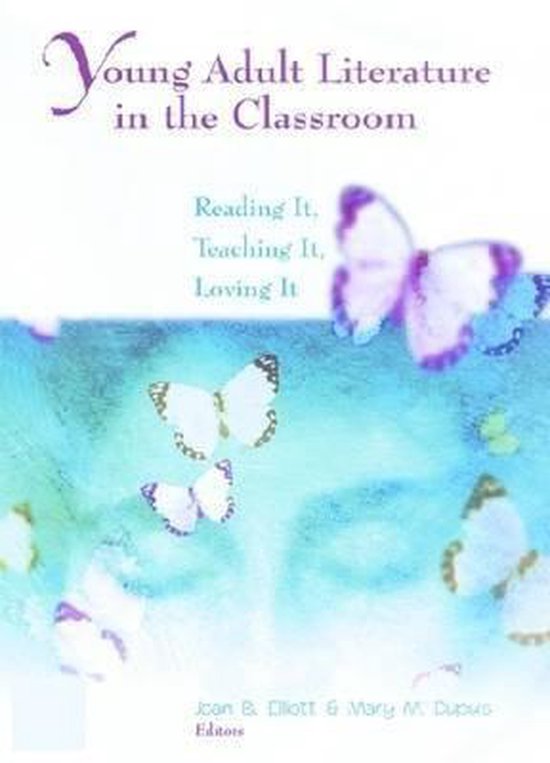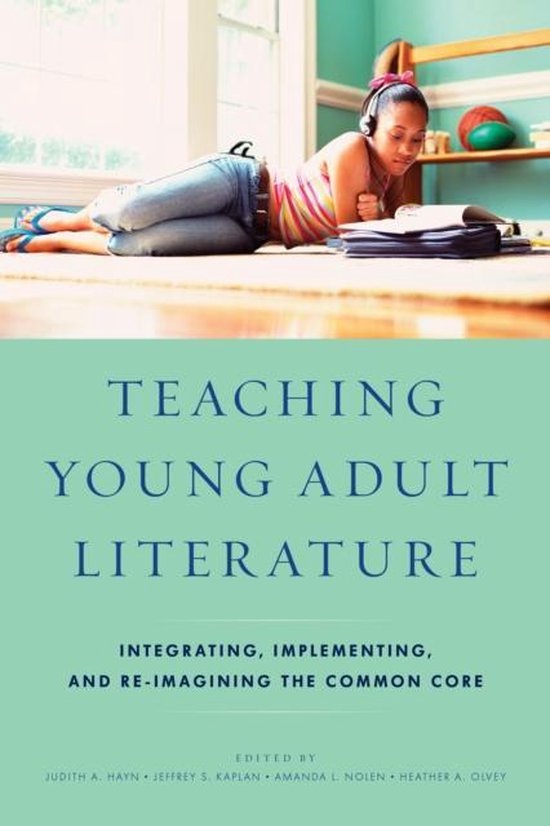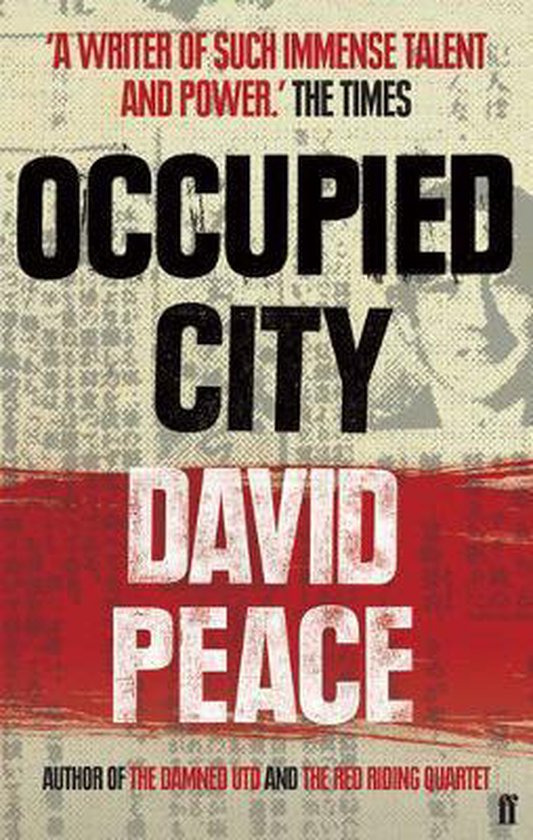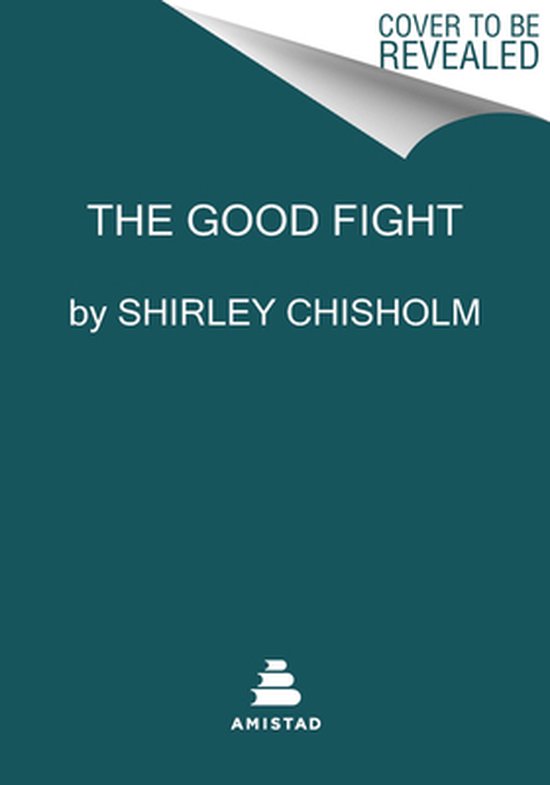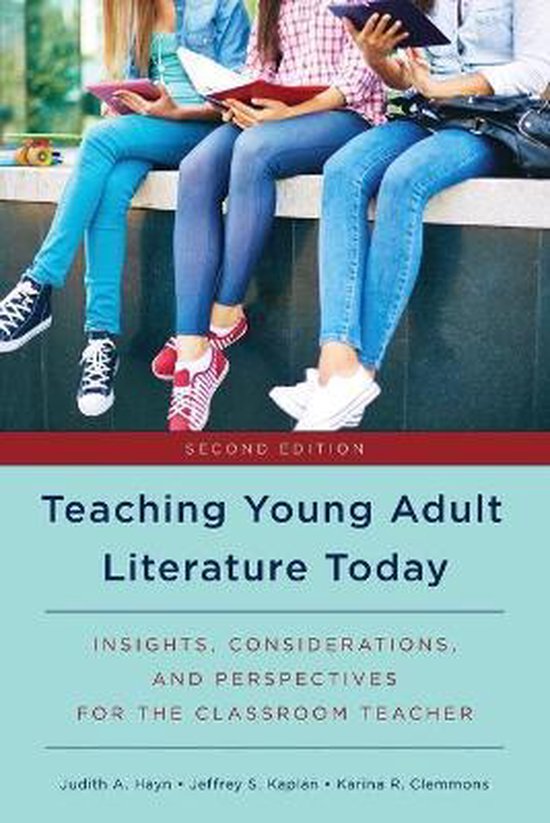
Teaching Young Adult Literature Today
This book introduces the reader to what is current and relevant in the plethora of good books available for adolescents. Literary experts illustrate how teachers everywhere can help their students become lifelong readers by simply introducing them to great reads—smart, insightful, and engaging books that are specifically written for adolescents.
Teaching Young Adult Literature Today introduces the reader to what is current and relevant in the plethora of good books available for adolescents. More importantly, literary experts illustrate how teachers everywhere can help their students become lifelong readers by simply introducing them to great reads—smart, insightful, and engaging books that are specifically written for adolescents. Hayn, Kaplan, and their contributors address a wide range of topics: how to avoid common obstacles to using YAL; selecting quality YAL for classrooms while balancing these with curriculum requirements; engaging disenfranchised readers; pairing YAL with technology as an innovative way to teach curriculum standards across all content areas. Contributors also discuss more theoretical subjects, such as the absence of lesbian, gay, bisexual, transgender and questioning (LGBTQ) young adult literature in secondary classrooms; and contemporary YAL that responds to the changing expectations of digital generation readers who want to blur the boundaries between page and screen. This book has been updated to reflect the wealth of new YA literature that has been published since the first edition appeared in March 2012, and to reflect new trends in technology that influences how adolescents are reading and responding to literature.
Teaching Young Adult Literature Today introduces the reader to what is current and relevant in the plethora of good books available for adolescents. More importantly, literary experts illustrate how teachers everywhere can help their students become lifelong readers by simply introducing them to great reads—smart, insightful, and engaging books that are specifically written for adolescents. Hayn, Kaplan, and their contributors address a wide range of topics: how to avoid common obstacles to using YAL; selecting quality YAL for classrooms while balancing these with curriculum requirements; engaging disenfranchised readers; pairing YAL with technology as an innovative way to teach curriculum standards across all content areas. Contributors also discuss more theoretical subjects, such as the absence of lesbian, gay, bisexual, transgender and questioning (LGBTQ) young adult literature in secondary classrooms; and contemporary YAL that responds to the changing expectations of digital generation readers who want to blur the boundaries between page and screen. This book has been updated to reflect the wealth of new YA literature that has been published since the first edition appeared in March 2012, and to reflect new trends in technology that influences how adolescents are reading and responding to literature.
| Auteur | | Judith A. Hayn |
| Taal | | Engels |
| Type | | Paperback |
| Categorie | | Onderwijs & Didactiek |
